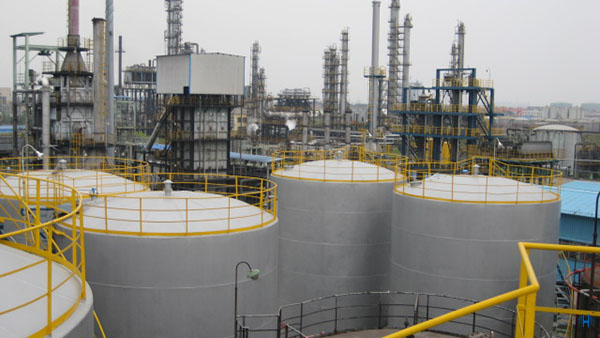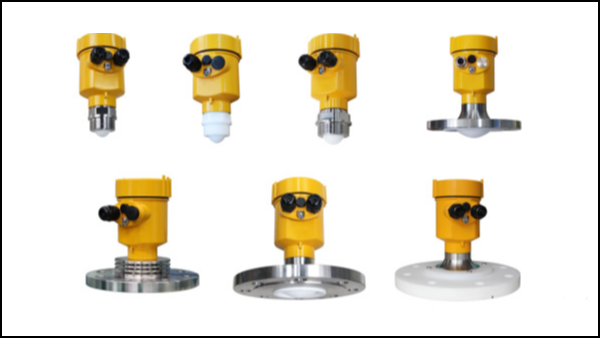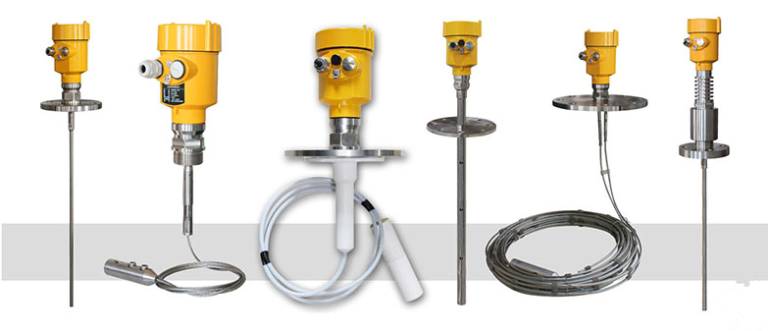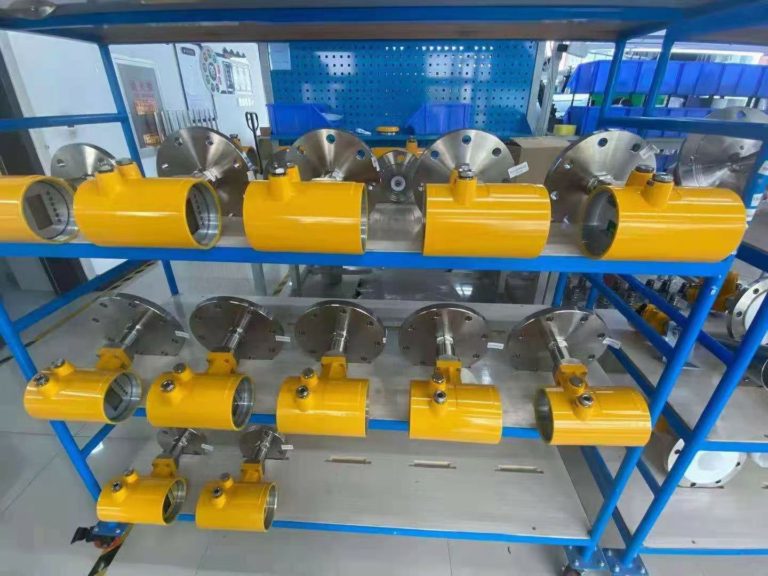A radar level meter is a common industrial online level measurement equipment, which is widely used in chemical, electric power, pharmaceutical, petroleum, and other industries. This paper will introduce the application analysis of radar level meters in light oil measurement.

Light oil is a petroleum product with a relative density of less than 1. It has the characteristics of low viscosity, low density, and easy volatility. Due to its low viscosity and low density, light oil has a low level in the container and is easy to be evaporated, so it is difficult to measure the liquid level.
At the same time, the small dielectric constant of light oil will produce a weak echo signal, which will also affect the accuracy and stability of the radar level meter.
To choose a suitable radar level meter to measure light oil, we need to consider the liquid level height, vessel shape, volatility, dielectric constant, and other factors. First, choose a radar-level meter with high frequency and high power to improve the echo signal strength.
Secondly, different antennas should be selected according to the shape of the vessel, for example, for cylindrical vessels, conical antennas should be used; for rectangular vessels, angle-adjustable angle conical antennas should be selected.
Finally, according to the measurement accuracy requirements choosing the appropriate radar level meters models, such as models with high signal processing speed and anti-interference performance, in the measurement of light oil level can obtain higher accuracy and stability.

In the following, we will introduce two cases of light oil level measurement in practical applications. The first case is a storage tank level measurement in an oil filling station.
The storage tank is cylindrical in shape with a volume of 5m³ and contains gasoline. Due to the high volatility of gasoline, the liquid level was difficult to measure and the traditional float level meter could not meet the requirements.
After consideration, a radar level meter with high frequency and conical antenna was selected. It has a fast refresh rate and high signal processing speed to monitor the liquid level height in real-time.
In use after installation, the radar level meter has good stability and can measure the level height with high accuracy.

The second case is a storage tank level measurement in a chemical plant. The storage tank is a rectangular vessel with a volume of 10m³ and contains crude oil. Due to the low level of crude oil, the measurement accuracy of traditional float level meters is not high. After consideration, a radar level meter with an adjustable angle cone antenna was selected.
It can adapt itself to different vessel shapes and has higher accuracy. In use after installation, the radar level meter has high measurement accuracy and can accurately reflect the level change of crude oil in the storage tank.

In conclusion, choosing the right radar level meter and antenna is the key to measuring light oil level. In practical applications, several factors such as vessel shape, liquid dielectric constant, liquid level height, etc. need to be considered to ensure measurement accuracy and stability.
